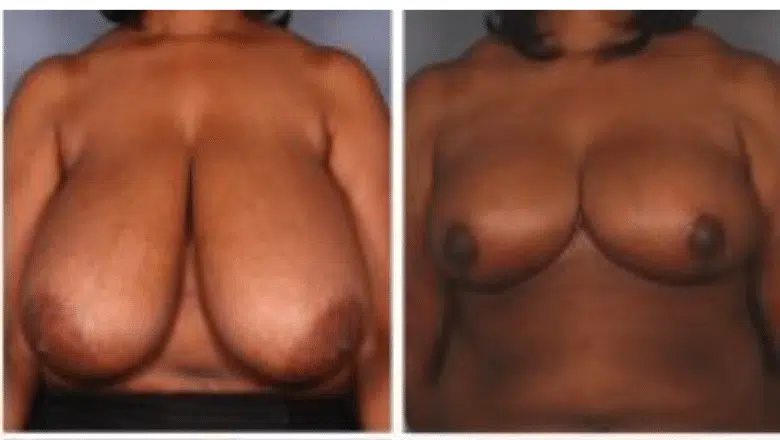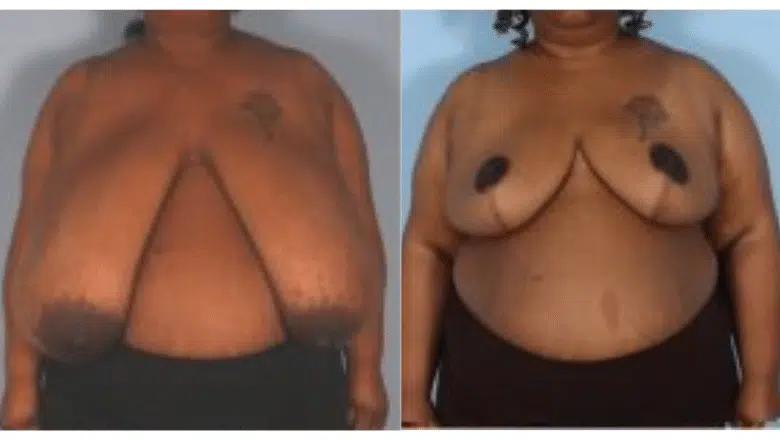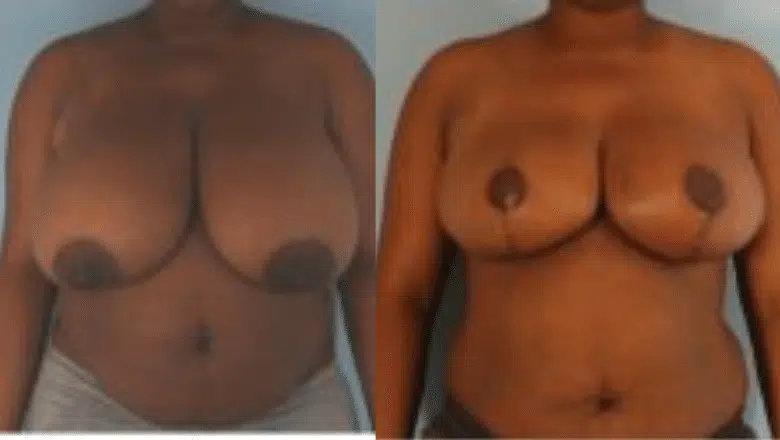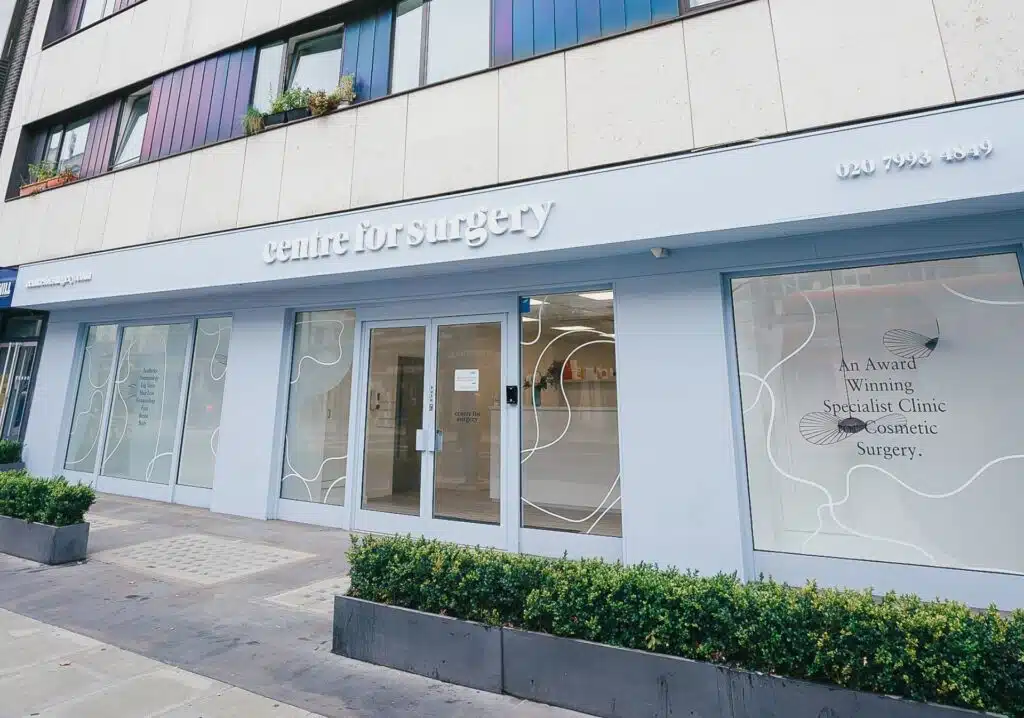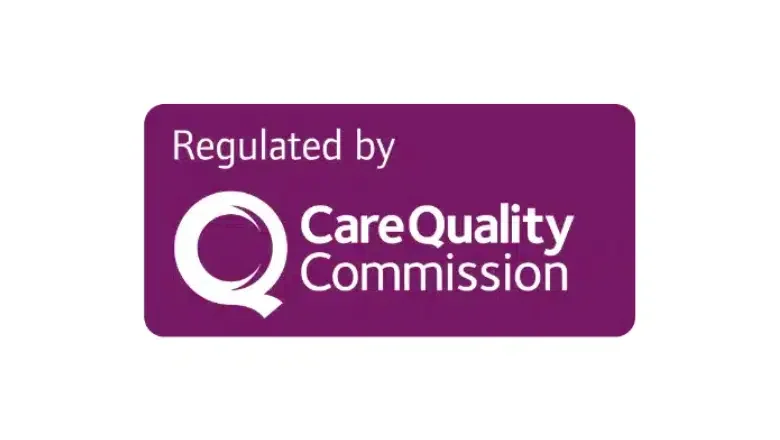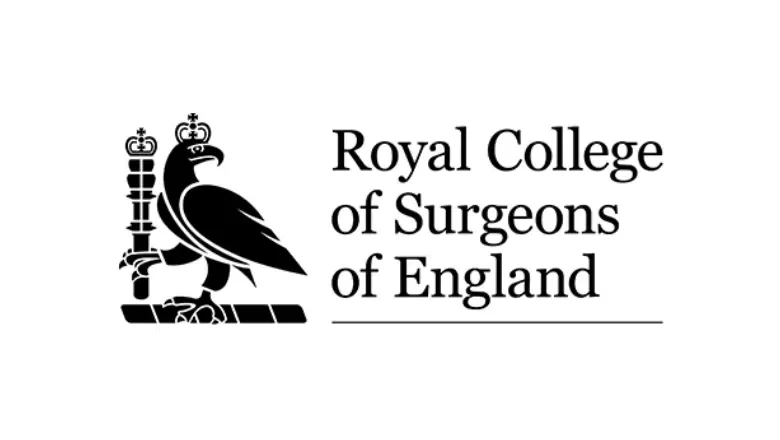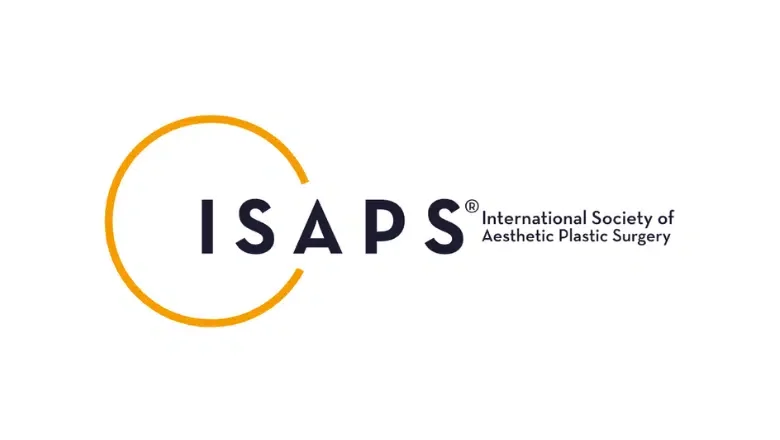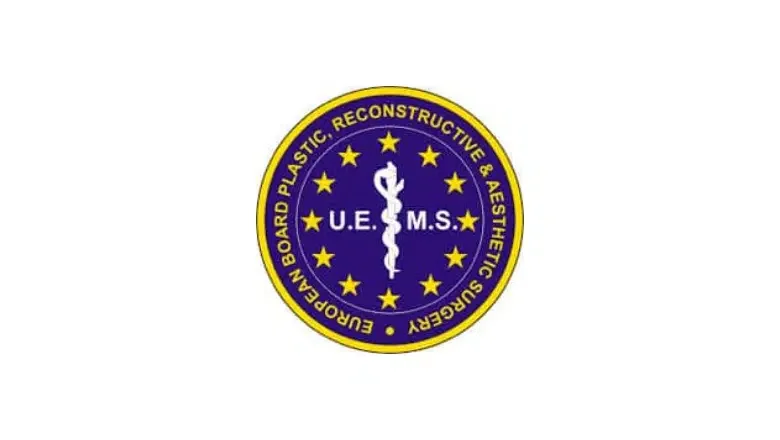Understanding Gigantomastia: Why Some Women Have Very Large Breasts and How to Treat It
Gigantomastia, also known as breast hypertrophy, is a relatively uncommon medical condition where a woman’s breasts grow much larger than usual. It’s important to note that this condition is not cancerous. While it can occur at any stage in life, it’s often first noticed during times of hormonal change like puberty or pregnancy.
What makes gigantomastia a bit hard to define is the fact that there’s no standard “normal” breast size for women. Every woman is different. Nevertheless, some medical professionals say you might have gigantomastia if you have one or two extra kilograms of breast tissue on each breast.
RELATED: When do Breasts Stop Growing?
Having extremely large breasts can be more than just an inconvenience; it can lead to a variety of health issues. You may experience:
- Pain in the neck and back: The weight of large breasts can strain your neck and back muscles.
- Skin Rashes: The areas under and around the breasts can become irritated.
- Infections: The skin beneath the breasts is prone to bacterial infections.
- Difficulty with breastfeeding: Some women find it hard to breastfeed effectively.
- Breast pain: The weight and size can make your breasts sore.
- Ulcers and other skin conditions: In extreme cases, the skin may even develop ulcers.
- Other complications: There could be additional health concerns related to the size and weight of the breasts.
As for treatment, the approach will depend on how severe your symptoms are and what type of gigantomastia you have. Options could range from medication to control the size, to surgical procedures like breast reduction to remove excess tissue. Each case is unique, so it’s important to consult with a specialist surgeon at Centre for Surgery for a diagnosis and personalised treatment plan.
Symptoms of Gigantomastia: When Large Breasts Become a Medical Concern
Gigantomastia is a medical condition where there is extreme growth in breast tissue. The growth rate and size can differ significantly from one woman to another. For some, this growth happens slowly over several years, while for others, it can occur in a matter of weeks or even days. This condition can also lead to uneven breast sizes, known as breast asymmetry.
The symptoms associated with gigantomastia can be both physically and emotionally draining. Here’s a more detailed look at some of the common symptoms:
- Neck and Back Pain: The constant weight of large breasts can create persistent neck and back pain, as it puts a lot of strain on your upper body.
- Breast Pain (Mastalgia): The breasts themselves can be painful, often described as a constant ache or even sharp pains at times.
- Posture Problems: The additional weight can make it difficult to maintain good posture, leading to more back and shoulder issues.
- Skin Issues: Inflammation and itchiness are common, particularly in the area under the breasts. This is often due to moisture and friction.
- Skin Ulcers and Abrasions: In severe cases, the skin may become damaged to the point of developing ulcers and abrasions.
- Infections and Abscesses: The folds of skin under large breasts are prone to bacterial infections, and in some cases, abscesses can form.
- Nipple Numbness: The constant pressure on the chest area can cause nerve damage, leading to numbness in the nipples.
- Sagging Breasts: The skin stretches under the weight of heavy breasts, causing them to sag and droop significantly.
Apart from these physical symptoms, there are also lifestyle and emotional impacts. For example:
- Clothing Concerns: It can be a real challenge to find clothes and bras that fit well, which adds another layer of difficulty to daily life.
- Impact on Physical Activities: Sports and exercise can become increasingly difficult, sometimes to the point of impossibility.
- Emotional and Social Effects: The size of the breasts can lead to social embarrassment, resulting in anxiety, depression, and a negative body image.
Exploring the Different Types of Gigantomastia: How and When It Occurs
Gigantomastia is a complex and multifaceted condition that can manifest in different ways. Medical professionals typically categorise gigantomastia into four main types based on the triggers and timings associated with excessive breast growth. Here’s a detailed breakdown of these types:
Gestational Gigantomastia
This type occurs specifically during pregnancy. It’s believed to be triggered by the various hormonal changes that take place as the body prepares for childbirth. The hormonal fluctuations, especially the increased levels of estrogen and progesterone, are thought to stimulate abnormal growth of breast tissue. However, the exact mechanism is not fully understood.
Juvenile Gigantomastia
This form of gigantomastia develops during puberty, another life stage characterized by significant hormonal changes. As young girls go through puberty, their bodies produce more hormones like estrogen, which typically causes the breasts to grow. In cases of juvenile gigantomastia, this natural growth process becomes excessive, although the specific reasons for this are still unclear.
Drug-Induced Gigantomastia
Some medications are known to have the potential to cause excessive breast tissue growth. These drugs might include certain types of hormone replacement therapy, antipsychotic medications, or even some types of heart medications. Once again, the precise relationship between these medications and breast growth is not entirely understood and can vary from individual to individual.
Idiopathic Gigantomastia
This is the most common form of gigantomastia, and it occurs when there is no identifiable cause or trigger for the abnormal breast growth. This makes it particularly challenging for healthcare professionals to understand and treat effectively.
Even with these classifications, it’s essential to note that the medical community still has much to learn about why hormonal changes and certain medications may cause breast tissue to grow excessively. More research is needed to better understand the underlying mechanisms that initiate and sustain this kind of abnormal growth.
Is Gigantomastia a Dangerous Condition? A Closer Look at Its Potential Risks and Complications
Gigantomastia is generally considered to be a benign or non-cancerous medical condition. It varies greatly in how it manifests and the severity of symptoms, which means the experience can be different for each individual who has it. In some cases, the symptoms can be quite mild and progress slowly over time. In these situations, the condition is often more of an inconvenience or discomfort rather than a serious health threat.
However, the story doesn’t end there. For some people, the symptoms can be severe and develop quite quickly. Even in less severe cases, the ongoing issues caused by gigantomastia, such as breast and back pain, minor skin abrasions, and breast infections, shouldn’t be taken lightly. Over time, these “minor” complications can escalate and have a cascading effect on one’s overall health. For example, persistent back pain could lead to posture issues, which could then trigger other musculoskeletal problems. Similarly, frequent skin abrasions and infections pose a risk of more severe skin conditions or systemic bacterial infections.
In rare instances, the rapid growth of breast tissue can create acute complications that necessitate urgent medical attention, including the possibility of breast reduction surgery. In such severe cases, the excessive weight of the breasts could potentially strain the heart and lungs, or cause skeletal deformities. Moreover, the constant skin irritation and potential for infection can lead to more serious, hard-to-treat skin conditions or even systemic infections.
Additionally, the emotional and psychological toll of dealing with gigantomastia can’t be overlooked. The condition may result in social stigmatisation, body image issues, and mental health conditions like anxiety or depression, all of which can have a profound impact on quality of life.
So, while gigantomastia may not be “dangerous” in the conventional sense for most people, it’s a condition that can significantly affect both physical and emotional well-being. Therefore, it requires careful monitoring and management, usually involving a multi-disciplinary team of healthcare professionals, to mitigate its various complications and impacts on daily life.
Can Gigantomastia Affect Breastfeeding? Understanding the Challenges and Complications
Gigantomastia, or breast hypertrophy, can indeed create complications for women who wish to breastfeed their babies. The challenges stem from both the physical and functional aspects of having extremely large breasts. Here are some of the key issues:
- Breast Infection (Mastitis): The larger the breast, the greater the surface area that is susceptible to bacterial growth, especially in the folds under the breast. An infection like mastitis can make breastfeeding painful and may require medical intervention.
- Reduced Milk Production: The abnormal breast tissue growth in gigantomastia may not be functional glandular tissue capable of milk production. As a result, some women may experience low milk supply, making it difficult to exclusively breastfeed.
- Breast Pain: Known as mastalgia, the discomfort and pain associated with large breasts can be exacerbated during breastfeeding. The additional weight of milk-filled breasts can contribute to increased pain levels, which may discourage some women from continuing to breastfeed.
- Blistering and Skin Irritation: The skin around the nipples and under the breast may become irritated due to the constant friction and moisture. This can lead to the development of blisters, which can make breastfeeding a painful experience.
- Difficulty in Latching: Because of the large size, getting the baby to latch onto the breast properly can be a challenge. An improper latch can cause additional nipple pain and may make it hard for the baby to get enough milk.
- Positioning Challenges: Finding a comfortable breastfeeding position that works for both mother and baby can be more difficult with larger breasts. Traditional breastfeeding positions might not be feasible, requiring creative adjustments and sometimes the use of props like pillows for support.
- Psychological Barriers: The condition can also have emotional impacts, such as increased stress and anxiety, which can further complicate the breastfeeding process. Stress can also adversely affect milk production, creating a cycle that’s hard to break.
While these challenges may make breastfeeding more difficult, they don’t make it impossible for every woman with gigantomastia. Medical interventions such as antibiotics for infections, topical treatments for skin issues, and lactation consulting for latching and positioning can provide valuable support.
Treatment Options for Gigantomastia
The treatment for gigantomastia, also known as breast hypertrophy, varies depending on several factors including the severity of the symptoms, the specific type of gigantomastia, and the rate of breast tissue growth. Here’s an in-depth look at the different treatment options available:
Addressing Infections and Skin Issues:
If you’re experiencing complications like breast infection (mastitis) or ulcers, your healthcare provider may prescribe antibiotics, either topical or oral, to combat the infection. Proper wound care, which involves thorough cleaning and covering the affected areas with sterile gauze, may also be recommended to promote healing.
Hormonal Treatments for Gestational Gigantomastia:
For women who develop gigantomastia during pregnancy, a “wait-and-see” approach may be advised. This is because the condition often resolves on its own after childbirth when hormone levels stabilize.
Hormone-Regulating Medications:
Some healthcare providers may prescribe medications that regulate hormone levels as a conservative treatment approach. The aim is to control and potentially reduce excessive breast growth without surgical intervention.
Surgical Breast Reduction:
Breast reduction surgery is often considered the most effective treatment for gigantomastia. During the procedure, a plastic surgeon makes an incision to expose the breast tissue, and then removes excess fat and glandular tissue to reduce the size of the breasts. The excess skin is also removed, and the incision is closed, effectively reducing the size of the breasts to a more manageable and comfortable level.
Techniques in Breast Reduction:
There are various techniques for breast reduction, and the choice of method will be discussed during your initial consultation with the surgeon. These methods can differ in terms of incision placement, tissue removal, and other procedural details.
Breast Lift:
Given that oversized breasts often sag due to their weight and gravity’s effect, a breast lift may be performed in conjunction with a breast reduction. This not only improves the appearance of the breasts but also corrects their shape, giving a more youthful and lifted look.
RELATED: How to Fix Saggy Breasts
Addressing Pain and Other Complications:
Breast reduction can alleviate many of the physical symptoms associated with gigantomastia, such as neck and back pain. It also mitigates other complications like skin irritation and infections, making it a comprehensive solution to the challenges posed by this condition.
RELATED: Does Heavy Breast Cause Back Pain?
What to Expect After Undergoing Breast Reduction Surgery
Breast reduction surgery can be life-changing for many, but it’s important to know what to expect in the aftermath. Here is an outline of the post-operative experience:
Immediate Recovery Period:
- Pain and Discomfort: Expect to feel some level of pain or discomfort immediately after surgery. This is normal and usually manageable with prescription painkillers.
- Bruising and Swelling: It’s common to have bruising and swelling in the surgical area. These symptoms generally begin to subside after the first week.
- Bleeding: Some wound oozing or bleeding is to be expected. If you experience excessive bleeding, you should contact your healthcare provider immediately.
Medications and Wound Care:
- Antibiotics: Your surgeon will likely prescribe antibiotics to prevent infection.
- Pain Management: Prescription or over-the-counter painkillers will be advised to manage pain and discomfort.
- Wound Dressing: You’ll be guided on how to change your wound dressings at home, and it’s crucial to follow these instructions carefully.
Follow-Up Appointments:
- Stitch Removal: You’ll need to return to your surgeon’s office for suture removal, usually within a week or two post-surgery.
- Monitoring: Your healthcare provider will assess the healing process and may perform imaging studies to ensure everything is progressing as it should.
Activity Levels:
- Rest and Recovery: Though you may be able to engage in light activities within a few days, full recovery will take several weeks. Listen to your body and avoid overexerting yourself.
- Resuming Exercise: It’s usually recommended to wait about six weeks before returning to strenuous physical activity, but always consult your surgeon for personalized advice.
Noticeable Changes:
- Immediate Size Reduction: You will notice an immediate difference in breast size right after surgery. However, the final size will become evident once all the swelling has subsided, which could take several weeks.
- Pain Relief: The reduction in breast weight often results in immediate relief from back and neck pain. Over the next few days, you will likely also notice an improvement in your posture.
- Clothing: Many people find that they have a much easier time finding clothes that fit well, enhancing their overall comfort and body image.
- Emotional Wellbeing: In addition to the physical benefits, many patients report a significant improvement in their emotional and psychological wellbeing after undergoing breast reduction.
Frequently Asked Questions About Gigantomastia
What is gigantomastia?
Gigantomastia is a rare condition where a woman experiences excessive growth of breast tissue. While it can occur at any time, it is most commonly observed during periods of hormonal change such as puberty or pregnancy.
Is gigantomastia dangerous?
Although generally benign, gigantomastia can lead to a range of physical issues, such as back and neck pain, skin issues, and breastfeeding complications. In extreme cases, urgent breast reduction surgery may be required.
What are the symptoms?
The symptoms vary between individuals but commonly include back and neck pain, posture problems, skin issues like rashes or ulcers, and difficulties with breastfeeding, among others.
Can it affect breastfeeding?
Yes, gigantomastia can make breastfeeding very difficult or even impossible due to complications like breast infections, reduced milk production, and severe pain.
How is gigantomastia diagnosed?
Gigantomastia is usually diagnosed through a combination of medical history, physical examination, and imaging tests like mammograms or ultrasounds. Your healthcare provider may also perform hormonal tests.
What are the treatment options?
Treatment for gigantomastia varies depending on the severity and the patient’s specific symptoms. Options range from pharmacological treatments, like hormone-regulating medications, to surgical procedures such as breast reduction.
Does breast reduction surgery leave a scar?
Breast reduction surgery will result in some scarring, which is an important consideration for anyone thinking about undergoing the procedure. The scars are commonly located on the underside of the breast and possibly around the areola, depending on the surgical technique used.
At Centre for Surgery, our expert surgeons utilise state-of-the-art techniques to minimise the appearance of scars as much as possible. While it’s impossible to perform the surgery without leaving some form of scar, our goal is to make them as unobtrusive as possible.
RELATED: What Do Breast Reduction Scars Look Like?
Over time, these scars will undergo a natural healing process. Initially, they may appear red and raised, but they typically fade into the surrounding skin over a period of months. The final appearance of the scar is usually achieved around one year post-surgery. Various treatments, like silicone gel or sheets and vitamin E ointments, can be used to further assist in scar fading.
Is breast reduction surgery effective for gigantomastia?
Yes, breast reduction is usually the most effective treatment for gigantomastia and can dramatically improve your quality of life by alleviating symptoms.
How long is the recovery after surgery?
Recovery times can vary, but most patients can resume their regular activities within a couple of weeks. Your surgeon will provide personalised post-operative care instructions.
RELATED: Recovery after Breast Reduction Surgery – Top Tips
Where can I get treated for gigantomastia?
Centre for Surgery is a leading specialist clinic for plastic surgery, including breast reduction for gigantomastia.
Why Choose Centre for Surgery for Your Breast Reduction Surgery?
When it comes to treating conditions like gigantomastia, Centre for Surgery stands out as a leading specialist plastic surgery clinic in London. Here’s why you should choose us for your breast reduction needs.
Unmatched Expertise
At Centre for Surgery, we have a team of highly trained and experienced surgeons specialising in breast reduction surgeries, including those for rare conditions like gigantomastia. Our surgeons use cutting-edge surgical techniques to achieve optimal results.
Comprehensive Care
Our approach is holistic and patient-centred. From your initial consultation to your post-surgery follow-ups, we ensure you receive comprehensive care at each stage of your treatment journey.
State-of-the-Art Facilities
We operate out of a modern, fully-equipped surgical facility, ensuring the highest standards of safety and care for our patients.
Tailored Solutions
We understand that every patient is unique, so we offer tailored treatment plans to meet your specific needs and health objectives.
Transparency and Trust
We maintain full transparency about the procedure, risks, and costs, so you can make an informed decision. We have a track record of high patient satisfaction, based on trust and exemplary service.
Patient Testimonials
“From the initial consultation to the post-op check-ups, the care I received at Centre for Surgery was nothing short of excellent.”
— Sarah J.
“I was incredibly nervous about the surgery, but the compassionate staff and top-notch surgeons eased my worries. The results are amazing!”
— Emily K.
“The procedure was life-changing. I feel so much lighter, and my back and neck pain is gone. I couldn’t have asked for a better experience.”
— Zoe R.
To experience our exceptional care and world-class treatment solutions, book your consultation today:
📞 Phone: 0207 993 4849
📧 Email: contact@centreforsurgery.com
📍 Address: 95-97 Baker Street, London W1U 6RN
Choose Centre for Surgery for a better you!

